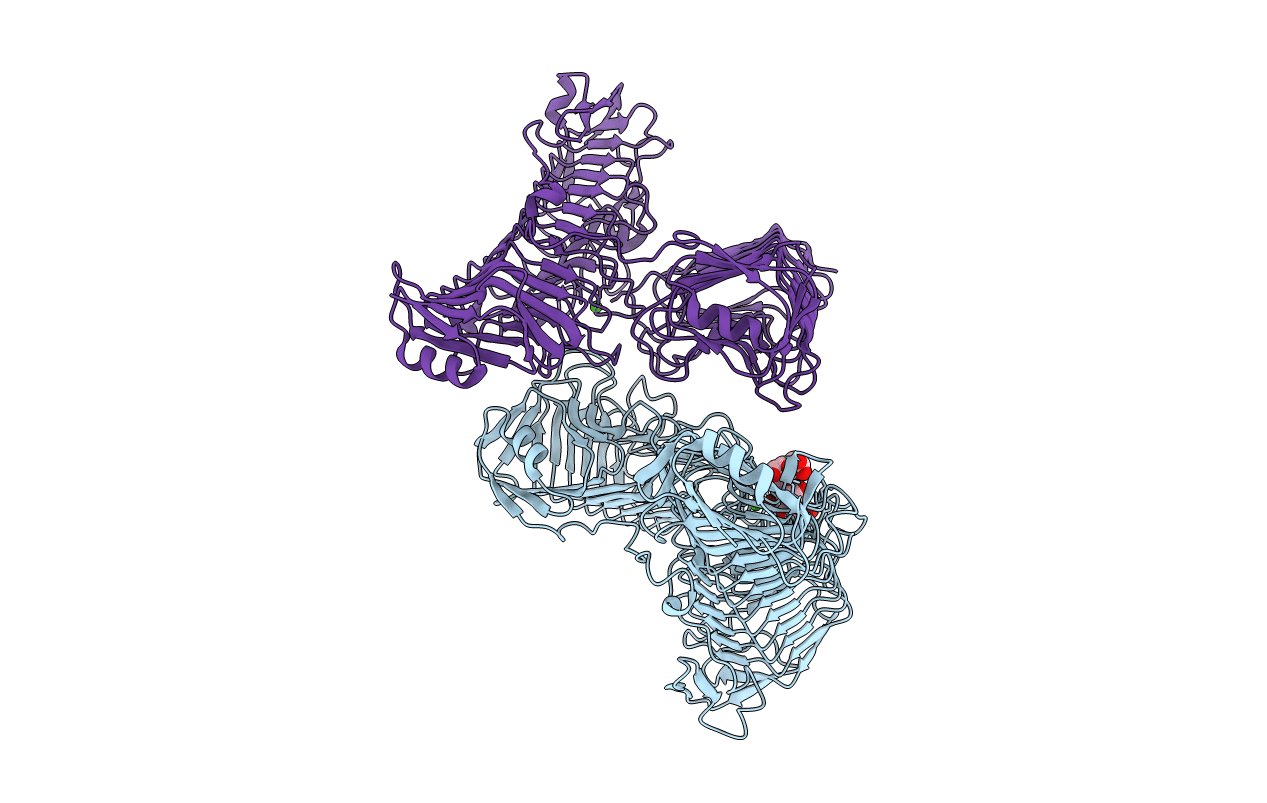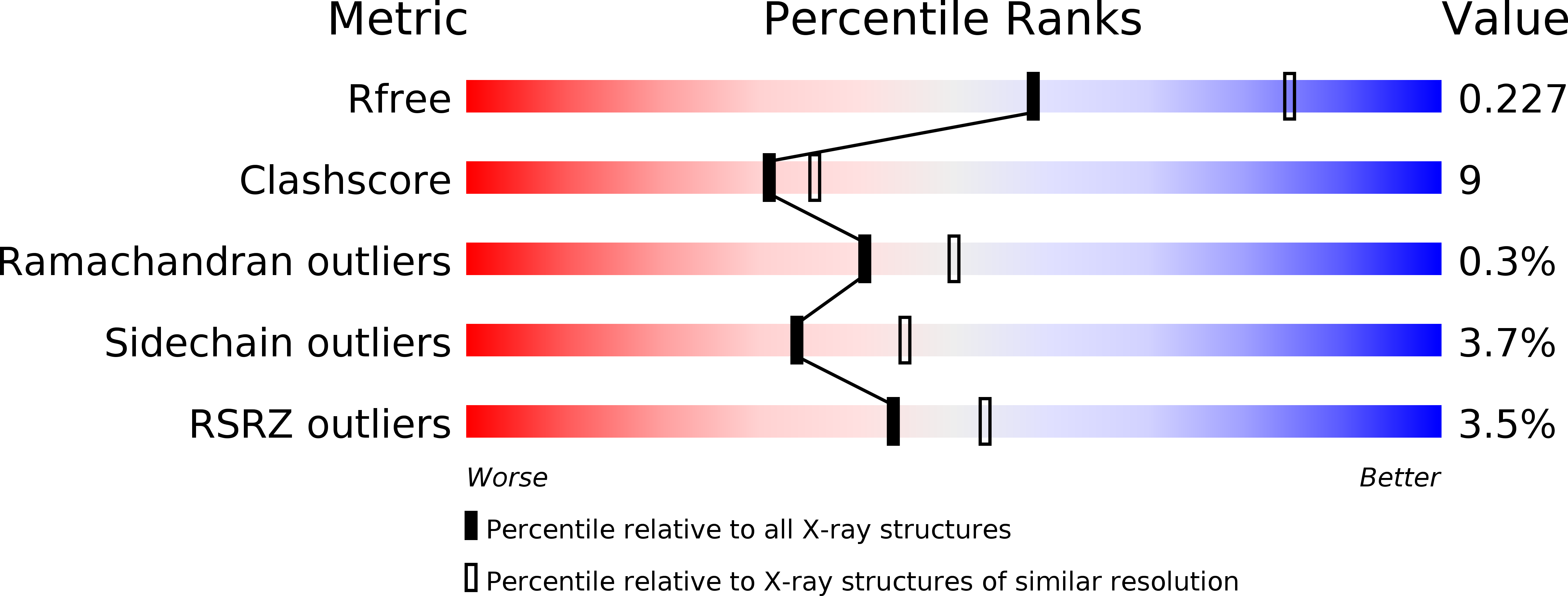
Deposition Date
2016-07-05
Release Date
2017-02-08
Last Version Date
2023-11-08
Entry Detail
Biological Source:
Source Organism:
Glaciecola chathamensis S18K6 (Taxon ID: 1127672)
Host Organism:
Method Details:
Experimental Method:
Resolution:
2.57 Å
R-Value Free:
0.22
R-Value Work:
0.19
R-Value Observed:
0.19
Space Group:
P 21 21 21


